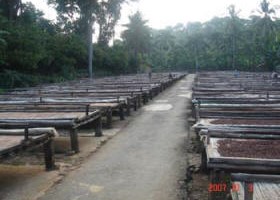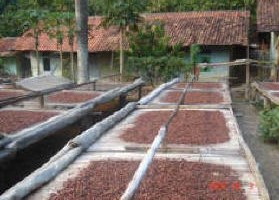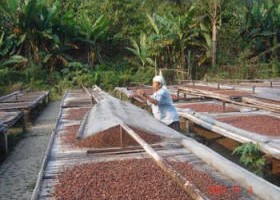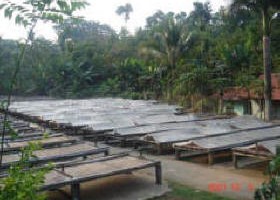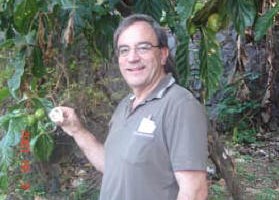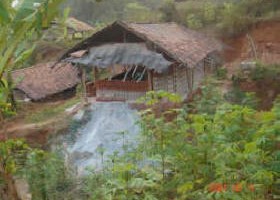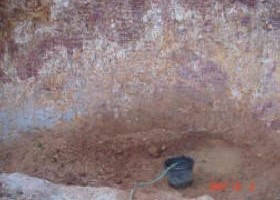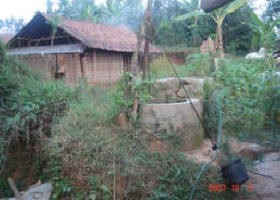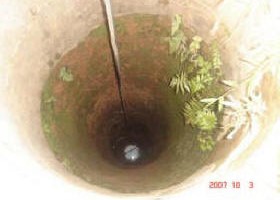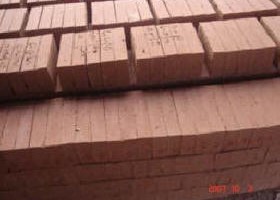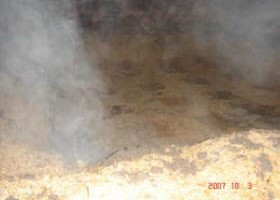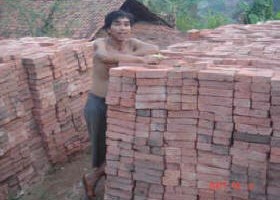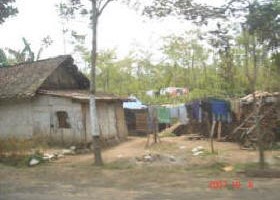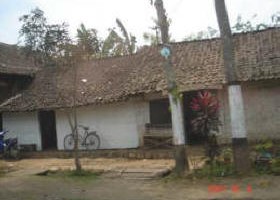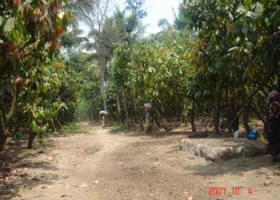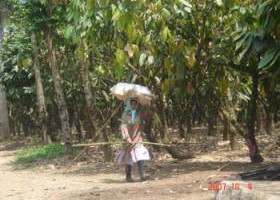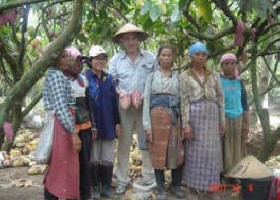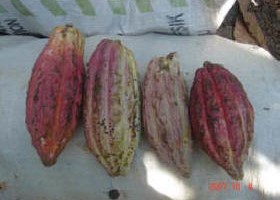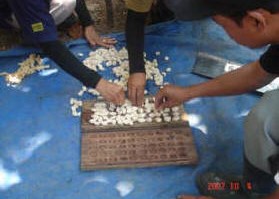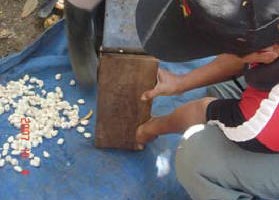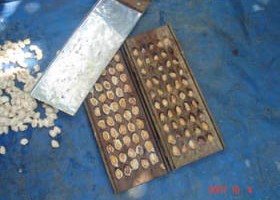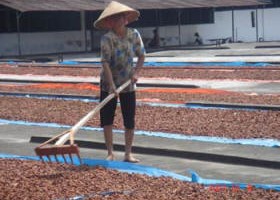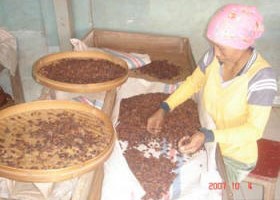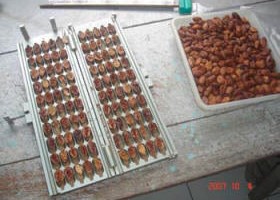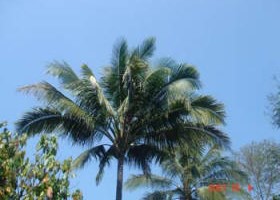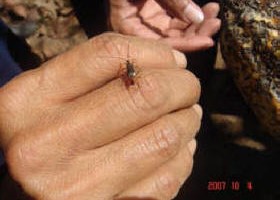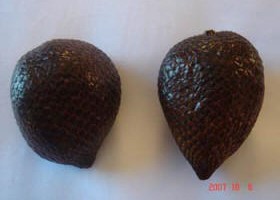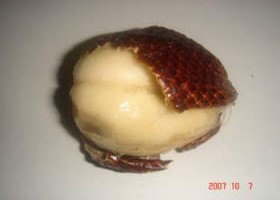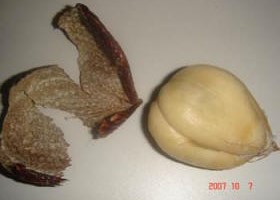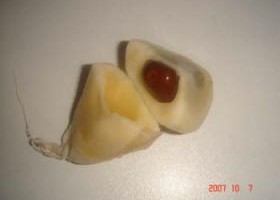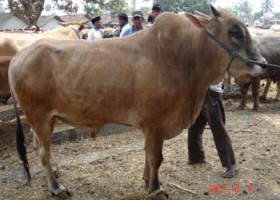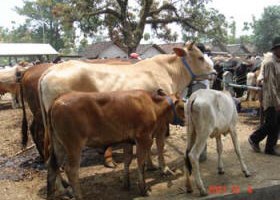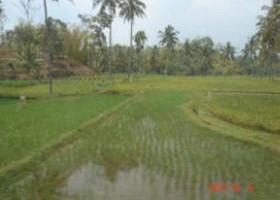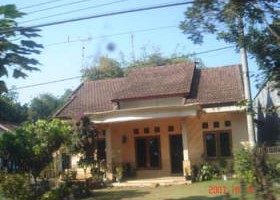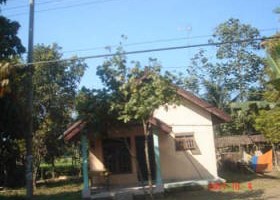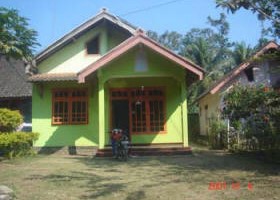Indonesia
Indonesia is composed of 14,000 islands, covering a region of 5,000 km by 2,000 km.
It has a population of 224 million (in 2007).
More than 90% are Muslims.
The country is a republic.
Indonesia gained its independence in 1945, after 350 years of Dutch colonisation, preceded by 345 years of Japanese rule.
The first cacao trees to reach South-East Asia were imported into the Philippines between 1660 and 1670.
They were brought from Acapulco in Mexico, where the Manilla fleet was based. They we re successfully cultivated in the Philippines and at the end of the 18th century the cacao tree was well established.
Approximately 100 years after the tree was first introduced into South-East Asia, the botanist Rumphius drew up a catalogue of the flora of the Moluccas, including Minabassa, in the 12 volumes comprising his monumental work, Herbarium Amboinense.
However, his catalogue did not include the cacao tree, which suggests that in all likelihood it had not yet been introduced into Indonesia.
The first report mentioning the cacao tree in Indonesia dates from 1778 in connection with a trophy awarded to the first person to plant at least 50 cacao trees.
That award was part of a plan intended to promote the production of cacao trees.
No mention was made of the origin of the trees, but it is reasonable to believe that they came from the southern Philippines or Minabassa.
The first region which produced large quantities was Minabassa (NE Celebes), whose capital was Manado.
This started in 1822. Initially, cacao trees were planted by Europeans and Chinese planters, followed by local inhabitants.
Towards 1830 annual exports were 50 tonnes.
However, crops were badly affected by Helopeltis and the Cocoa Pod Borer Moth.
Cocoa cultivation was abandoned in the region of Minabassa.
It came mainly from the Sangir Islands to the north and Gorontalo (NW Celebes).
Between 1850 and1880 interesting quantities were exported via Manado from various regions of Indonesia.
It is noteworthy that cocoa cultivation on the Island of Java was linked to the decline in the production of Arabica coffee following a disease which affected that production.
But cocoa cultivation was in turn replaced by hevea and Robusta café.
In the central part of Java, planters gradually replaced the Criollo with the more resistant Trinitario.
Types of beans
The Java Criollo, also known as red Java produces deep red pods with white beans.
The DR hybrid (Djaté Roenggo) was imported from Caracas, Venezuela, in 1888. The pods are a very pale green colour, almost colourless and become yellow when mature. The beans turn from white to mauve.
This type of bean was planted fairly indiscriminately between the red Java trees.
At the beginning of the 20th century a more resistant DR clone was selected, with white beans, namely the DR1, DR2 and DR38.
They produced up to 1000 kg of dried beans per ha. In the western part of the Isalnd of Java production was as high as 2000 tonnes per ha.
They produced a lighter fermented, roasted bean, which was very popular for lighter milk chocolates.
Moreover, this cocoa was known as "Edelcacao" or noble cocoa.
In 2007, total cocoa bean production in Indonesia was around 600.000 tons, in following regions (in decreasing order): Sulawesi, Sumatra, Kalimantan, Lampung and Java.
Approximately 400.000 families get some revenue from it.
We visited plantations in 2 regions.
The first was located between Bandung and Jakarta, near Ciajur.

An Indonesian artist
On the occasion of Choco-Laté, the Bruges chocolate festival, we were honoured to welcome an important delegation from the Indonesian Embassy.
On the spot the artist I Made Pasek Kusumawijaya created a painting in chocolate.

